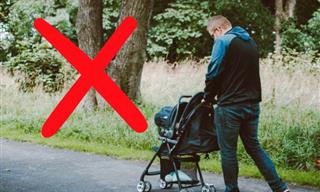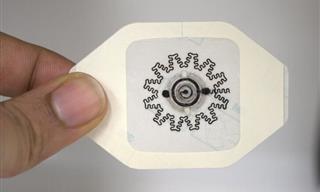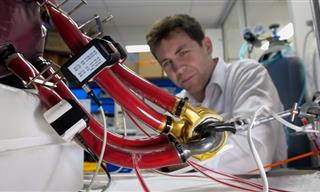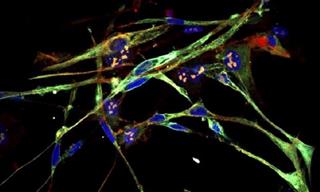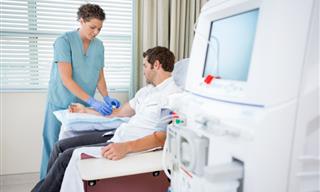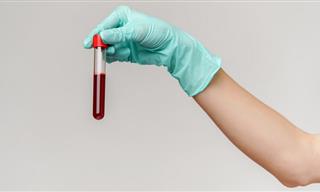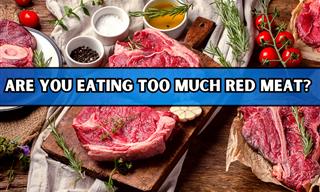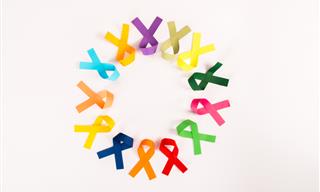Our beloved canine companions bring so much joy to our lives. But just like us, they can face health challenges, with cancer being a growing concern. It's estimated that one out of four dogs will develop cancer in their lifetime, and this number increases significantly when they reach the age of 10 or older.
Cancer in dogs occurs when cells grow uncontrollably, damaging healthy tissue. This disease disrupts the body's natural order and can cause several health issues.
Experts aren't exactly sure why cancer is becoming more common in dogs. It could be a combination of things: dogs are living longer these days, breeding practices might play a role, and environmental factors could be at work. Maybe it's also because we've gotten better at detecting cancer in pets.
The good news is that catching it early gives your dog a much better chance of beating it and living a long, healthy life. The challenge? Dogs can't tell us when they're feeling under the weather, so it's up to us to watch for warning signs to ensure timely intervention.
Understanding these signs can make a significant difference in your dog's health and quality of life. Here are nine key early warning signs of cancer in dogs that every pet owner should be aware of.
1. Lumps and bumps underneath your dog’s skin
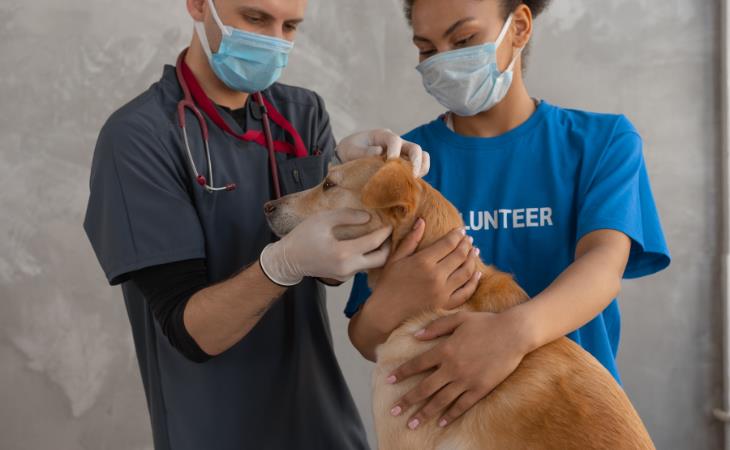
This might sound obvious, but it's important to regularly check your dog for new lumps or bumps. While older dogs often get harmless growths, it's always best to be safe rather than sorry. The American Kennel Club warns that new bumps that are firm, oddly shaped, or changing quickly in size, texture, or color could be a sign of cancer. Don't hesitate to take your dog to the vet for any new lumps or bumps. Early detection is key, and a veterinarian can diagnose if the growth is harmless or something more serious.
2. Abnormal behavior
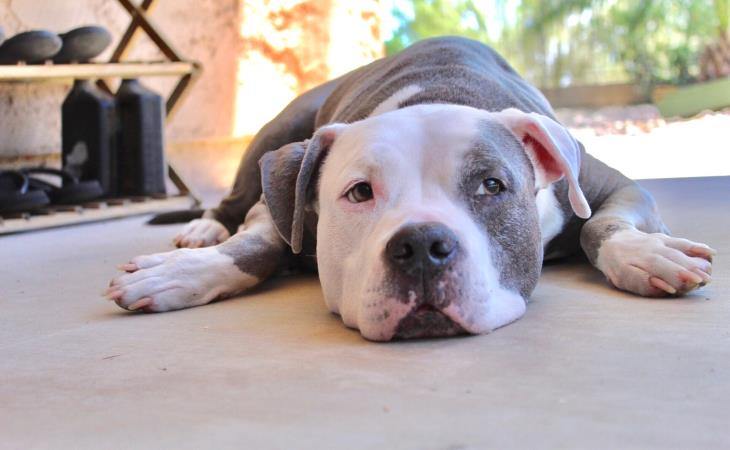
Experts warn that many dogs with cancer will start acting differently. These changes can be subtle and might only be noticed by someone familiar with your dog's routine. For example, your furry friend, who usually begs for a treat during your morning coffee ritual, might suddenly lose interest.
Other signs include skipping breakfast, sleeping in more than usual, or avoiding playtime with the family. You might also notice your dog stopping on walks or seeming more tired than normal.
These changes, whether mild or severe, happening quickly or gradually, could indicate pain. Cancer often causes inflammation throughout the body, which can make your dog feel unwell – similar to how you might feel achy, tired, and less interested in activities when you have the flu.
3. Sudden loss of appetite or weight loss
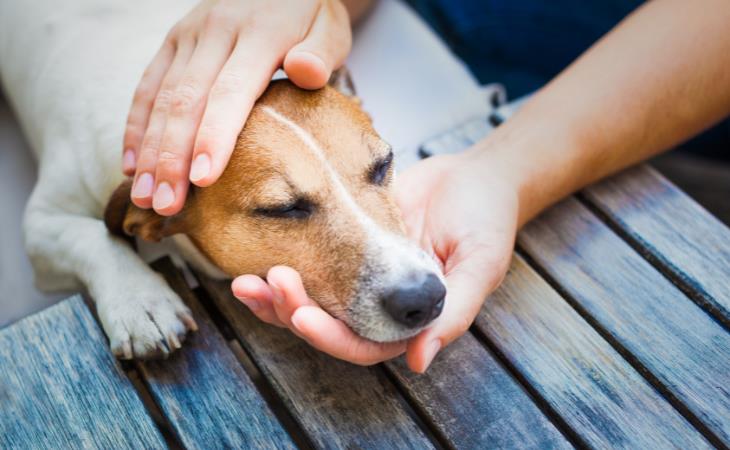
Has your dog been losing weight even though they're eating the same amount and getting regular exercise? This could be a warning sign of cancer. Cancer can cause the body to burn more energy to fight off the disease, leading to unexplained weight loss. Veterinarian oncologists also explain that tumors in the digestive system can make it hard for dogs to absorb nutrients, leading to weight loss.
You should also check to see if your dog is suddenly losing interest in food in conjunction with weight loss. This could be due to changes in metabolism caused by cancer, making them less hungry, or it could be due to pain or discomfort while eating caused by tumors in the mouth, throat, or stomach.
4. Your dog is suddenly super thirsty and is peeing a lot
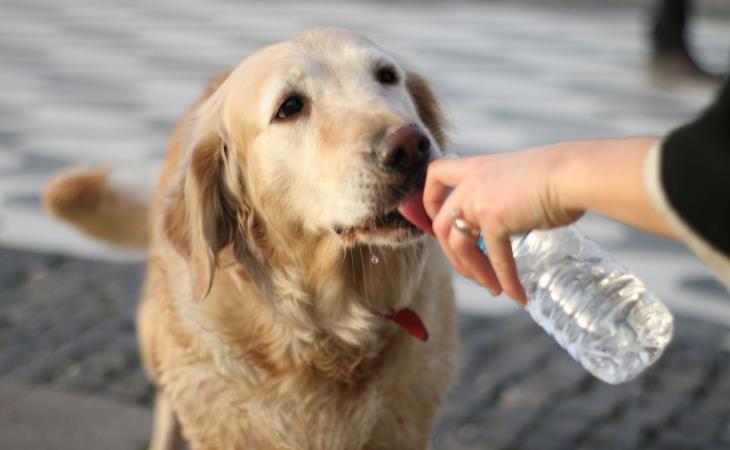
One sign of cancer in dogs can be a sudden change in thirst. You might notice your dog lapping up water more often than usual, their water bowl needing frequent refilling. This can be because some cancers affect the body's calcium levels, making your dog thirstier. Other cancers can impact the kidneys, leading to more frequent urination. Internal bleeding, another possible consequence of cancer, can also cause increased thirst.
5. Limping around the house

Bone and joint tumors can be a concern, especially for larger dogs like Great Danes or Mastiffs. These tumors can make it tough for them to get around.
Look out for signs like sudden limping that doesn't go away, a refusal to put weight on a leg, or swelling in just one limb. If your dog shows any of these signs, a trip to the vet is crucial. X-rays can help determine if it's a tumor or something less serious, like a pulled muscle.
6. Coughing or difficulty breathing
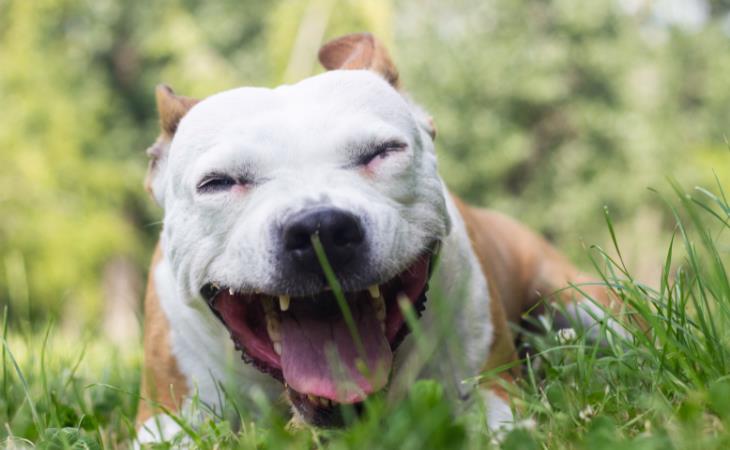
Keep an ear out for a persistent cough in your dog, as it could be a sign of a tumor. One of the most frequent cancers in dogs affects the pharynx (throat) or larynx (voice box). These tumors can grow rapidly and cause coughing, breathing difficulties, and weight loss. Sudden lumps in your dog's throat might be another clue. If you notice any of these symptoms, take your dog to the vet immediately.
7. Non-healing wounds or sores
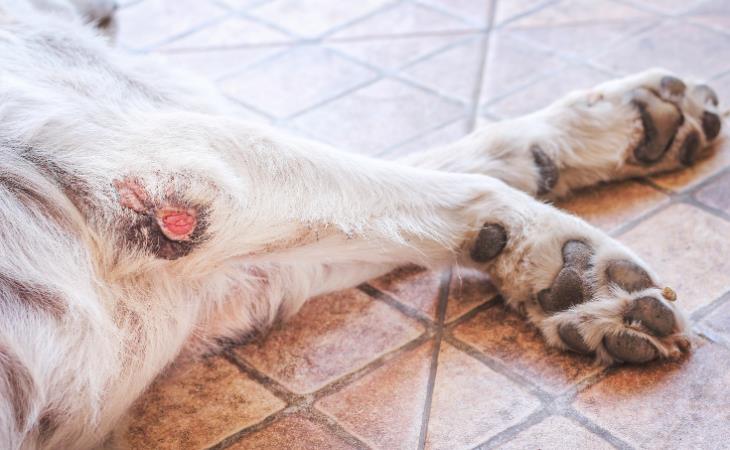
Watch out for wounds that won't heal. Normally, cuts and scrapes on dogs improve over time, with scabbing and eventually fur regrowth. If your pet has a sore, lesion, or any kind of wound that just won't heal despite time, it's important to see the vet. These persistent wounds could be a sign of cancer or another serious health problem. Early detection is key, so don't hesitate to schedule a checkup for your furry friend.
8. Abnormal discharge or bleeding
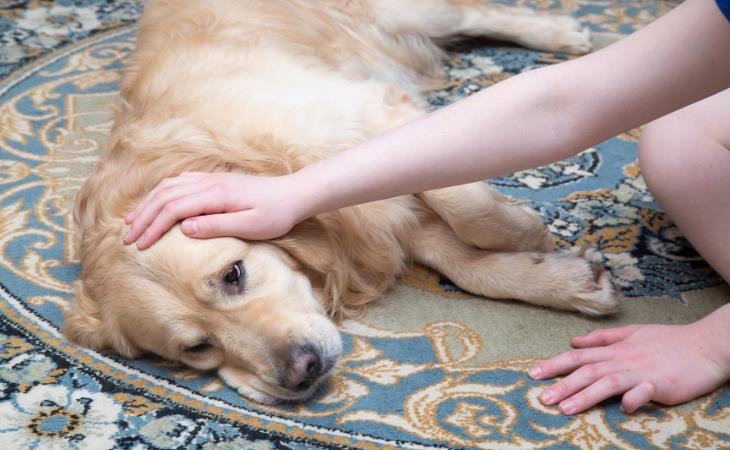
Unusual discharge or bleeding anywhere on your dog's body is a reason to visit the vet, especially around the face. A yucky eye discharge or a bleeding nose out of the blue may indicate the presence of eye or skin cancer. These types of cancer can be tricky to catch because they're on the face.
Similarly, sores and bleeding in the mouth can be a sign of tumors. Sometimes people might mistake the discharge and odor for normal signs of aging, but unusual smells, discharge, or bleeding are definitely cause for concern. Even though bad breath is common in older dogs, anything out of the ordinary is worth getting checked by a vet
9. Unusual poop
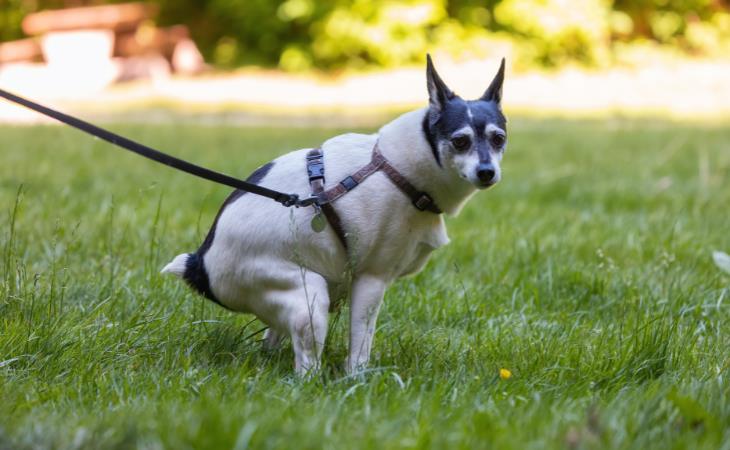
As a pet owner, you become familiar with your dog's bathroom routine. You can usually spot the difference between healthy poop, an occasional dietary indiscretion, and something more troubling. Pay attention to any lasting changes, like frequent diarrhea, hard stools, or straining to go. These could be signs of cancer.
If your dog's poop worries you, don't hesitate to call the vet. Black, tarry stools deserve extra attention, as they might indicate ulcers, which can be linked to mast cell tumors. Keeping an eye on your dog's bathroom habits and acting quickly can make a big difference in their health.
Don't fear dog cancer

Cancer in dogs is a serious concern, but it doesn't have to be a source of constant fear. Modern dogs live much longer lives than their wild ancestors. The fact that pups often live past ten years old is a testament to the progress made in pet care and veterinary medicine.
Also, treatments for canine cancer have improved dramatically. Pet owners now have options like surgery, chemotherapy, and radiation therapy. Knowing the early warning signs of dog cancer can make a huge difference, allowing you to get your furry friend the treatment they need faster. Keep an eye on your dog's health, and visit the vet if you or your dog sitter notice anything out of the ordinary. Most importantly, cherish every moment with your four-legged best friend.
Sources: American Veterinary Medical Association, WebMD, Blue Cross, Food and Drug Administration, Morris Animal Foundation, Vetic
 Go to BabaMail
Go to BabaMail



















